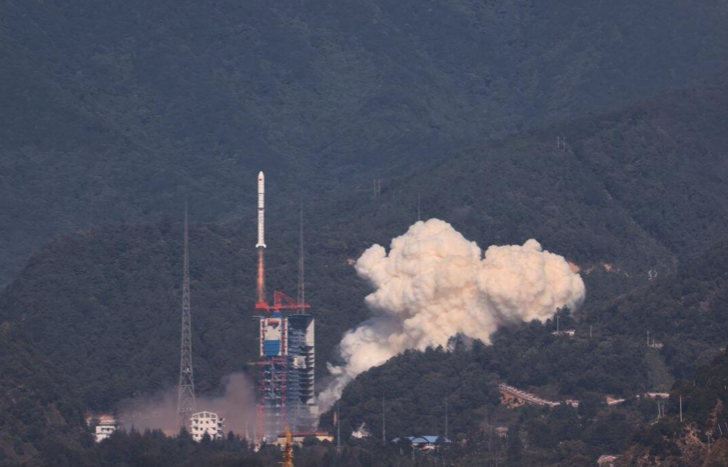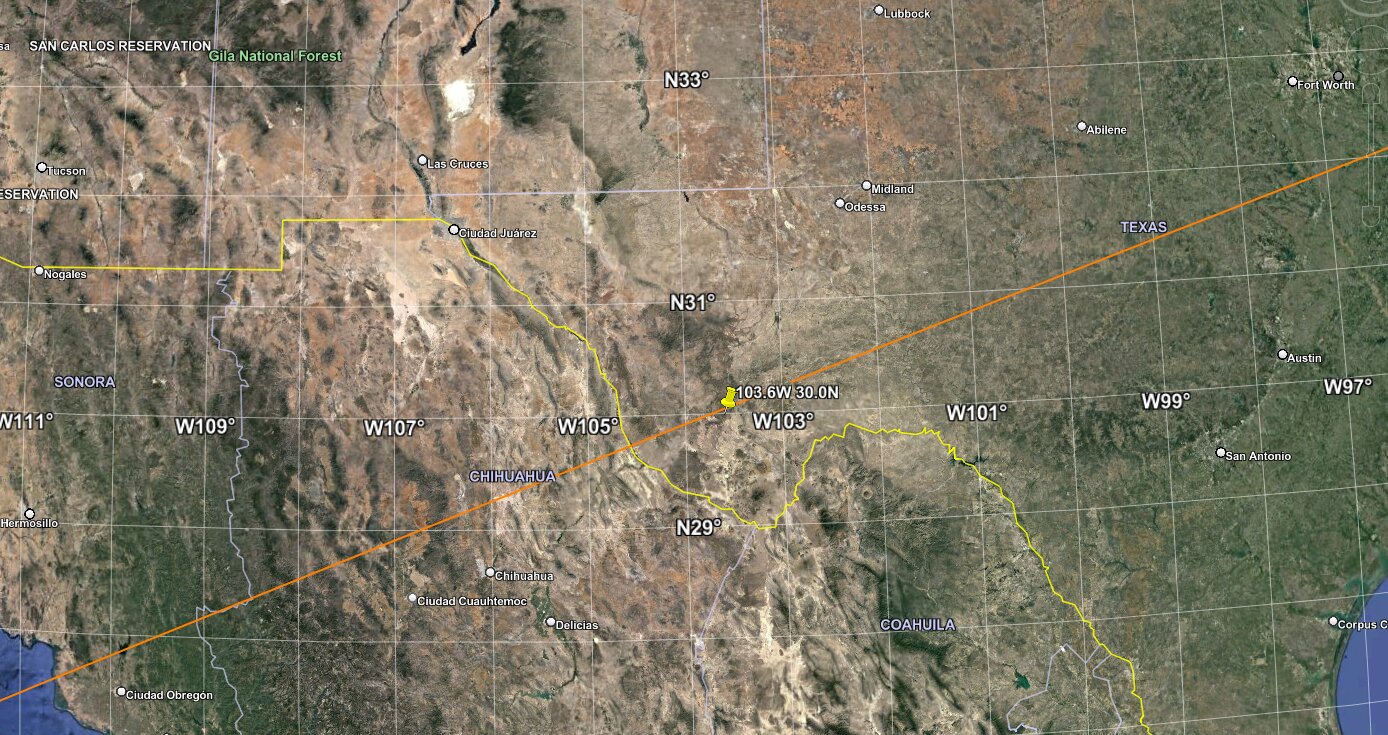
This post has been updated with a statement from U.S. Space Command and additional information on the path of the debris.
The second stage of a Chinese rocket that delivered a trio of military surveillance satellites in June disintegrated over Texas on Wednesday, USNI News has learned.
The four-ton component of a Chang Zheng 2D ‘Long March’ rocket punched through the atmosphere on Wednesday over Texas at 17,000 miles per hour and disintegrated, two defense officials confirmed to USNI News on Thursday.
Military officials have yet to find any debris from the rocket stage, however USNI News understands the debris field could be miles wide and several hundred miles long.
According to NORAD satellite tracking data, the stage was a piece of space junk in low earth orbit before it made its unscheduled descent.
“U.S. Space Command can confirm the People’s Republic of China CZ-2D Rocket Body, SCC# 52910, reentered the Earth’s atmosphere over the southern region of North America at approximately 8:30 pm [Mountain Time] on March 7, 2023,” reads a statement from SPACECOM following an earlier version of this post.
“This was an uncontrolled reentry, meaning it was not steered but rather its orbit decayed and lowered naturally. This type of behavior reinforces the need for better international norms regarding high-risk uncontrolled reentries.”
[?China’s 21st launch in 2022] At UTC 02:22 June 23, 3 Yaogan(遥感/RemoteSensing)-35-02 satellites were successfully launched by #CZ2D Y64 rocket in Xichang, Sichuan. This is the 424th launch of Long March rocket family. HD: https://t.co/018SGyq48M pic.twitter.com/0kDtkg7hua
— CNSA Watcher (@CNSAWatcher) June 23, 2022
Based on the NORAD tracking data, the stage belonged to a mission that delivered three military electronic signals surveillance satellites that were believed to be targeted over the South China Sea, astrophysicist Jonathan McDowell with the Harvard-Smithsonian Center for Astrophysics told USNI News Thursday.
According to the track, the rocket section entered the atmosphere over West Texas near Marathon before heading on a northeast track between Abilene and Austin.
The debris field is over the least populated counties in the state, according to the Texas Demographic Center.
Chinese officials have not acknowledged the unplanned reentry as of this posting.
U.S. officials are still determining if any debris has hit the ground. China has been criticized for space debris entering the atmosphere unpredictably causing a hazard to population centers.

The 135-foot-long Chang Zheng 2D rocket is capable of carrying about 8,000 pounds of cargo into low earth orbit, according to information from the China National Space Administration.
The rocket, designated Y-64, successfully took off from the Xichang Satellite Launch Center on June 23 in central China and successfully deployed the spy satellites.
After dropping off its payload, the second stage becomes space junk and can slowly circle the planet for years before plunging to Earth.
According to McDowell, the Y-64 second stage was fitted with a special sail that would create drag on the reentry to keep it from being in orbit as a hazard to other space traffic.
NASA administrator Bill Nelson has been critical of the lack of care China has put into ensuring the safe landing of its space debris and its unwillingness to share trajectory data.
The breakup of the Long March rocket follows the U.S. destruction of a Chinese surveillance balloon off the coast of South Carolina after spending more than a week overflying the United States raising concerns about the security of domestic airspace





